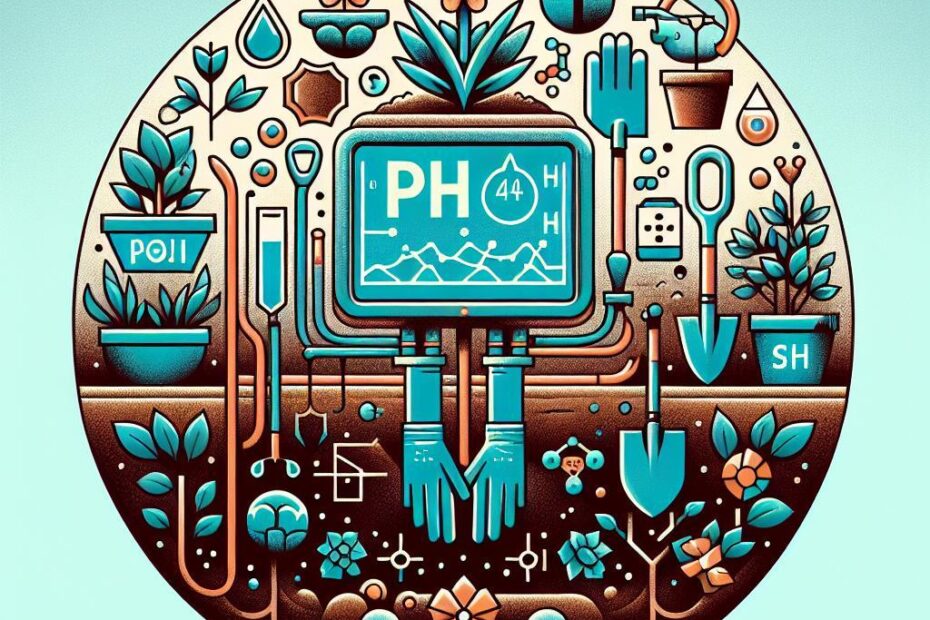Title: Understanding the pH of Potting Soil: A Complete Guide
Introduction:
When it comes to gardening, one of the key elements to consider is the pH level of your potting soil. pH, which stands for “potential hydrogen,” is a measure of the acidity or alkalinity of a substance. In the case of potting soil, the pH level plays a crucial role in the health and growth of your plants. In this comprehensive guide, we will explore what pH is, why it matters in potting soil, how to test and adjust pH levels, and the benefits of maintaining the right pH balance.
What is pH and Why Does it Matter in Potting Soil?
- pH is measured on a scale of 0 to 14, with 7 being neutral, below 7 acidic, and above 7 alkaline.
- Different plants thrive in different pH levels, so it’s important to match the pH of your potting soil to the needs of your plants.
- When the pH of potting soil is not within the ideal range for your plants, they may struggle to absorb nutrients, leading to stunted growth and poor health.
Testing pH Levels in Potting Soil:
- There are several methods to test the pH level of your potting soil, including pH testing kits and electronic pH meters.
- To test the pH level, take a sample of your potting soil and follow the instructions on the testing kit or meter.
- It’s recommended to test the pH of your potting soil before planting and periodically throughout the growing season to ensure optimal conditions for your plants.
Adjusting pH Levels in Potting Soil:
- If the pH level of your potting soil is too high (alkaline), you can lower it by adding materials such as sulfur, peat moss, or pine needles.
- If the pH level is too low (acidic), you can raise it by adding materials such as lime or wood ash.
- It’s important to make gradual adjustments to the pH level of your potting soil to avoid shocking your plants.
Benefits of Maintaining the Right pH Balance:
- By maintaining the proper pH balance in your potting soil, you can ensure that your plants have access to the nutrients they need for healthy growth.
- Balanced pH levels also promote strong root development, efficient absorption of water and nutrients, and overall plant vigor.
- When your plants are thriving in well-balanced potting soil, they are more likely to resist pests and diseases, resulting in a more successful gardening experience.
Practical Tips for pH Management:
- Research the preferred pH levels of the plants you are growing and adjust your potting soil accordingly.
- Keep track of the pH levels in your potting soil and make adjustments as needed throughout the growing season.
- Consider using pH-adjusted potting mixes specifically formulated for certain types of plants to simplify the process.
Conclusion:
In conclusion, the pH level of potting soil is a critical factor in the success of your garden. By understanding pH, testing and adjusting pH levels as needed, and maintaining the right balance for your plants, you can create optimal growing conditions and promote healthy, thriving plant growth. Remember to monitor the pH of your potting soil regularly and make adjustments as necessary to support the well-being of your plants. Happy gardening!
Remember that the key to writing an SEO-optimized article is to include relevant keywords naturally throughout the content. Make sure to use heading tags (H1, H2, H3) to structure your article properly and improve readability. Additionally, incorporating bullet points, tables, and other formatting elements can help make your content more engaging and informative for readers. By following best SEO practices and providing valuable information, you can enhance the visibility of your article and improve its ranking on search engine results pages.
